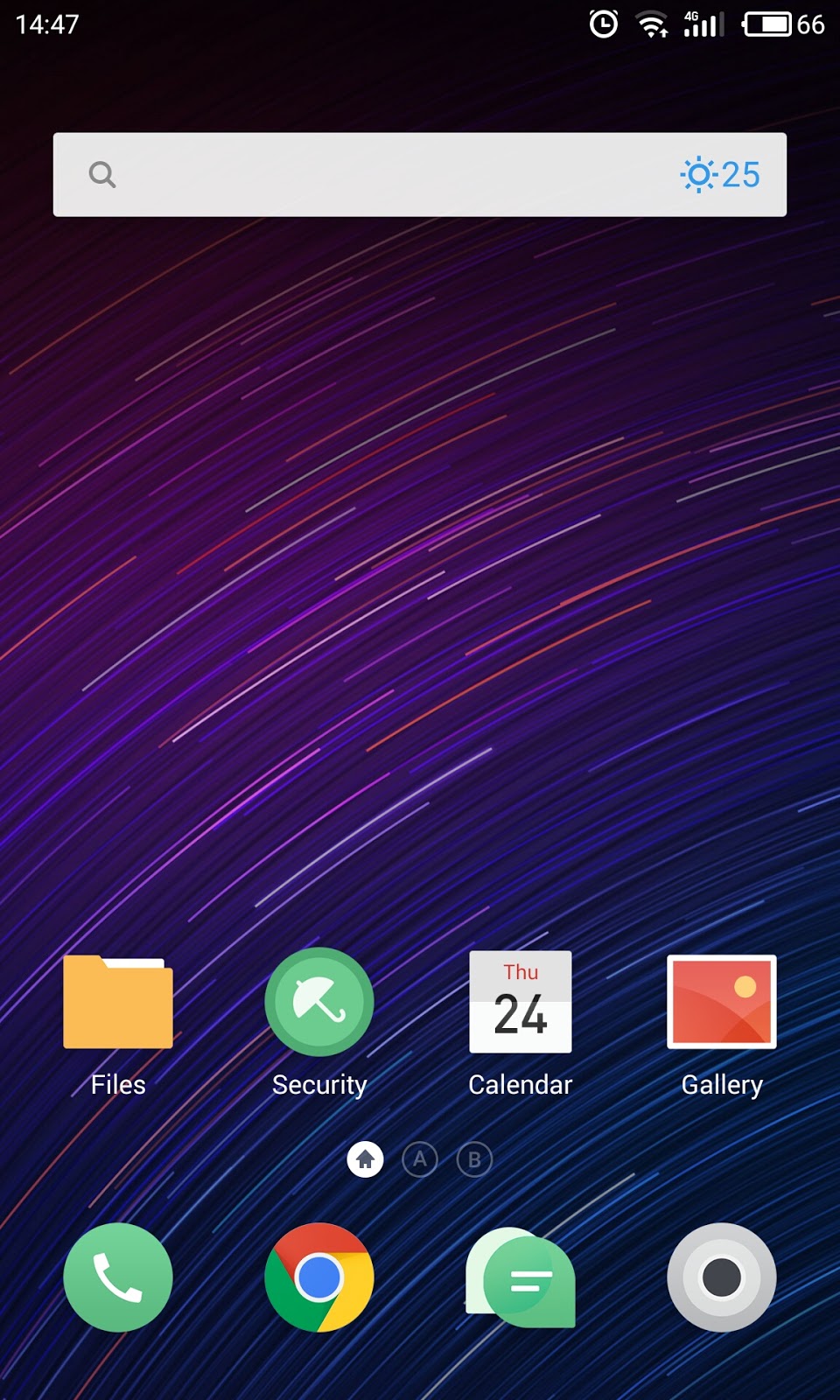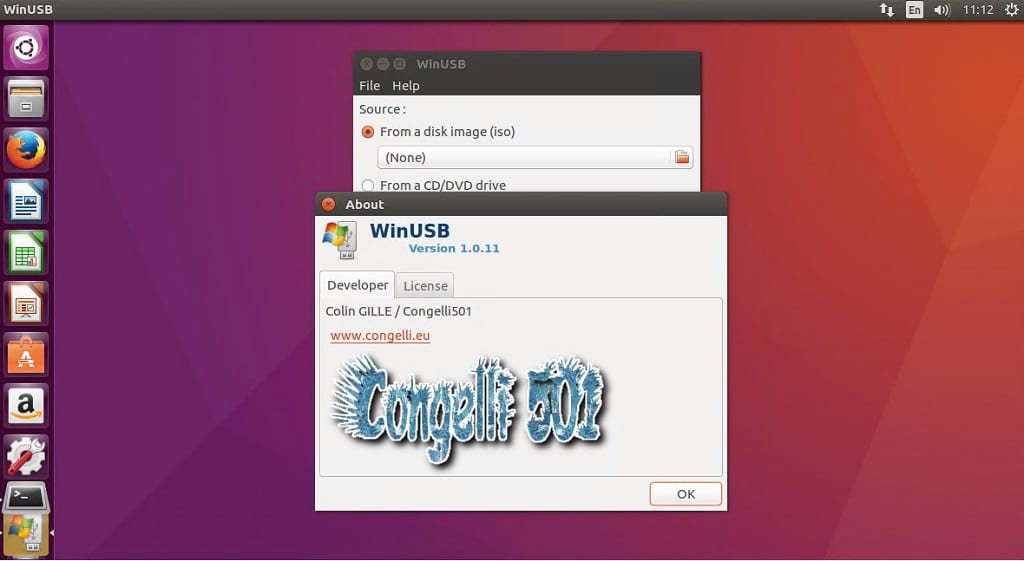Winusb Deb 2017
2017-10-17 12:08:37 UTC No changelog available yet. Source diff to previous version.
Boot-Repair-Disk is a simple tool to repair frequent boot issues you may encounter in Ubuntu, such as when you can't boot Ubuntu after installing Windows or some other Linux distribution.
I’m working on an older computer that is not an idea to run a virtual machine. Yet the specs are good enough to run a dual-boot of both Manjaro and Windows 10 side by side.AMD Phenom™ II @ 2.9 Ghz @ 4 cores8 GB RamNvidia GT 430 @ 1 GB1 TB HDI’m fairly new to Linux, but that does not mean I’m not willing to learn. Here is what I’ve done so far and I don’t think it’s too bad for a newbie such as myself. Lol1st Methoddd bs=4M if=/run/media/adam/boot/ISO/Windows.iso of=/dev/sdb status=progress && syncThis caused the USB not to be bootable and I had to use Gparted to reform the drive just to access it again (format).2nd MethodI installed WINE and decided to use a few well known Windows Programs to make a USB boot disk, but sadly, none of my programs seem to find the USB Drive, even though Linux’s file manager can clearly see it. I even manually added the drive and path via Wine’s WineCFG (drive G path is /run/media/adam/6EF5EC/ ), but still no Windows programs would show any USB drives.3rd MethodFinally, I decided to install the fork of WinUSB for Linux, but that install seems to fail, even though I have installed all the dependencies. Sudo./configurechecking for a BSD-compatible install. /usr/bin/install -cchecking whether build environment is sane.
Yeschecking for a thread-safe mkdir -p. /usr/bin/mkdir -pchecking for gawk. Gawkchecking whether make sets $(MAKE). Yeschecking for g. Gchecking whether the C compiler works. Yeschecking for C compiler default output file name. A.outchecking for suffix of executables.checking whether we are cross compiling.
Nochecking for suffix of object files. Ochecking whether we are using the GNU C compiler. Yeschecking whether g accepts -g. Yeschecking for style of include used by make. GNUchecking dependency style of g. Gcc3checking for gcc.
Gccchecking whether we are using the GNU C compiler. Yeschecking whether gcc accepts -g. Yeschecking for gcc option to accept ISO C89. None neededchecking dependency style of gcc.
Gcc3checking how to run the C preprocessor. Gcc -Echecking whether ln -s works. Yeschecking build system type. X8664-unknown-linux-gnuchecking host system type. X8664-unknown-linux-gnuchecking how to print strings.
Printfchecking for a sed that does not truncate output. /usr/bin/sedchecking for grep that handles long lines and -e. /usr/bin/grepchecking for egrep. /usr/bin/grep -Echecking for fgrep. /usr/bin/grep -Fchecking for ld used by gcc. /usr/bin/ldchecking if the linker (/usr/bin/ld) is GNU ld. Yeschecking for BSD- or MS-compatible name lister (nm).
/usr/bin/nm -Bchecking the name lister (/usr/bin/nm -B) interface. BSD nmchecking the maximum length of command line arguments. 1572864checking whether the shell understands some XSI constructs. Yeschecking whether the shell understands '+='. Yeschecking how to convert x8664-unknown-linux-gnu file names to x8664-unknown-linux-gnu format.
Funcconvertfilenoopchecking how to convert x8664-unknown-linux-gnu file names to toolchain format. Funcconvertfilenoopchecking for /usr/bin/ld option to reload object files.rchecking for objdump. Objdumpchecking how to recognize dependent libraries. Passallchecking for dlltool. Nochecking how to associate runtime and link libraries. Printf%snchecking for ar.
Archecking for archiver @FILE support. @checking for strip. Stripchecking for ranlib. Ranlibchecking command to parse /usr/bin/nm -B output from gcc object. Okchecking for sysroot. Nochecking for mt. Nochecking if: is a manifest tool.
Nochecking for ANSI C header files. Nochecking for sys/types.h. Yeschecking for sys/stat.h. Yeschecking for stdlib.h. Yeschecking for string.h.
Yeschecking for memory.h. Yeschecking for strings.h. Yeschecking for inttypes.h.
Yeschecking for stdint.h. Yeschecking for unistd.h.
Yeschecking for dlfcn.h. Yeschecking for objdir.libschecking if gcc supports -fno-rtti -fno-exceptions. Nochecking for gcc option to produce PIC.fPIC -DPICchecking if gcc PIC flag -fPIC -DPIC works. Yeschecking if gcc static flag -static works. Yeschecking if gcc supports -c -o file.o.
Yeschecking if gcc supports -c -o file.o. (cached) yeschecking whether the gcc linker (/usr/bin/ld -m elfx8664) supports shared libraries.

Yeschecking whether -lc should be explicitly linked in. Nochecking dynamic linker characteristics. GNU/Linux ld.sochecking how to hardcode library paths into programs. Immediatechecking whether stripping libraries is possible. Yeschecking if libtool supports shared libraries. Yeschecking whether to build shared libraries.
Yeschecking whether to build static libraries. Yeschecking how to run the C preprocessor. G -Echecking for ld used by g. /usr/bin/ld -m elfx8664checking if the linker (/usr/bin/ld -m elfx8664) is GNU ld.
Yeschecking whether the g linker (/usr/bin/ld -m elfx8664) supports shared libraries. Yeschecking for g option to produce PIC.fPIC -DPICchecking if g PIC flag -fPIC -DPIC works. Yeschecking if g static flag -static works. Yeschecking if g supports -c -o file.o. Yeschecking if g supports -c -o file.o. (cached) yeschecking whether the g linker (/usr/bin/ld -m elfx8664) supports shared libraries. Yeschecking dynamic linker characteristics.
(cached) GNU/Linux ld.sochecking how to hardcode library paths into programs. Immediatechecking whether make sets $(MAKE).
(cached) yeschecking if debug is enabled. Nochecking for main in -lstdc. Yeschecking for wx-config.
/usr/bin/wx-configchecking for wxWidgets version = 2.8.4. Yes (version 3.0.3)checking for wxWidgets static library. That guide seems to be for Ubuntu Linux and it says you need ms-sys but cannot figure out how to install it as there were no useable files to compile from source.
Ubuntu Lucid (10.04) seems to be over 7 years old (released in 2010) and that would explain why I could not even find the DEB files as it’s well over the end of life phase (or useful source files to make an install from).A quick query shows that ms-sys are not a package of either Manjaro or Arch either.sudo pacman -S ms-syserror: target not found: ms-sysAs I am still new, it is possible I’m missing some concept you meant to point out, so please forgive me if there is something I am obviously missing. Linux-aarhus:I have kept away from Unetbootin because it has failed me too often. But it might have improved.I have BOTH the Windows version (through Wine) and the Linux version and neither seems to understand that my USB Drive is there (empty space in the drop down menu where you would select the drive).
However, the file manager in Manjaro has no problem seeing my drive (I can use it too).I suspect Linux thinks it is an ejectable drive and the whole USB part seems to be lost in translation. Only a theory and perhaps not good one. OhNoes:I’m working on an older computer that is not an idea to run a virtual machine. Yet the specs are good enough to run a dual-boot of both Manjaro and Windows 10 side by side.AMD Phenom™ II @ 2.9 Ghz @ 4 coresPretty sure you meant ALTERNATELY, rather than side by side. But just in case you didn’t I thought I’d mention it.The other thing I wanted to point out is that AMD says your processor.
And 8 gig of memory is more than enough to do so. Many people, including myself run Virtual Machines in far weaker hardware.But you can do it your way as well I suppose if you feel that is easier. I was thinking from the perspective that both OS’ will be on the same physical drive (side by side), although on different partitions.Yes, my Cpu can do virtualization and I have run some simple virtual systems. But doing it and doing it well, are two different things. Windows 10 inside Linux leaves a lot to be desired on my older system. Everything from choppy video, audio, impute lags, system hangs, and a simple game app such as “candy crush” from the Windows Store becomes a headache.Newish system I’ll have in the works2 Intel Xeon 6 core, 12 thread CPU’s @ 3.7 GHz (12 cores, 24 threads total)144 GB Ram2 Gb VideoSSD DriveUntil then, I’ll still be using this older PC and a daul-boot seems to be my best bet.
Activation code of autocad 2014. Autodesk AutoCAD 2014 design and documentation software, of the world’s leading 2D and 3D CAD tools. It will allow you to design and shape the world around you using its powerful and flexible features.
SOLUTION: Install or boot from Ubuntu or OpenSuse. – Use Ubuntu or OpenSuse to make Windows boot disk.I really hate to give up, but I could find no working solution including using Arch Linux from scratch or even the latest development build of Manjaro (or stable build either).For whatever unknown reason this did not work even though the folks here were good enough to give some pointers ( thank you ) and I found many other tips and guides via Google. There is something about Arch or Manjaro that doesn’t like making bootable Windows disk.Strange enough, many of the tips found here and elsewhere worked fine making a Ubuntu or OpenSuse disk (via the terminal and extraction).Thanks to everyone who tried to help. I tried both NTFS and Fat32, as well as, more than one USB disk or ISO image.I’ve still not given up learning how to use Arch Linux or Manjaro. I have both of them loaded in a virtual machine now, as opposed to raw hardware (which I was using before). Concerning this 1 issue, I’m just going to assume there is some random difference in the bleeding edge release of the two, that is causing some yet undiscovered issue.My home computer is now dual-booting between Windows 10 and OpenSuse Tumbleweed (their rolling distro).I had hoped to use either Arch or Manjaro as I do like the newest software and to try things out fresh, but being able to make a boot disk at a moments notice is kind of really important for me. Tumbleweed as I understand it is also bleeding edge, but I don’t seem to have that problem, and so, in the end, I guess it wins out for my current needs.
